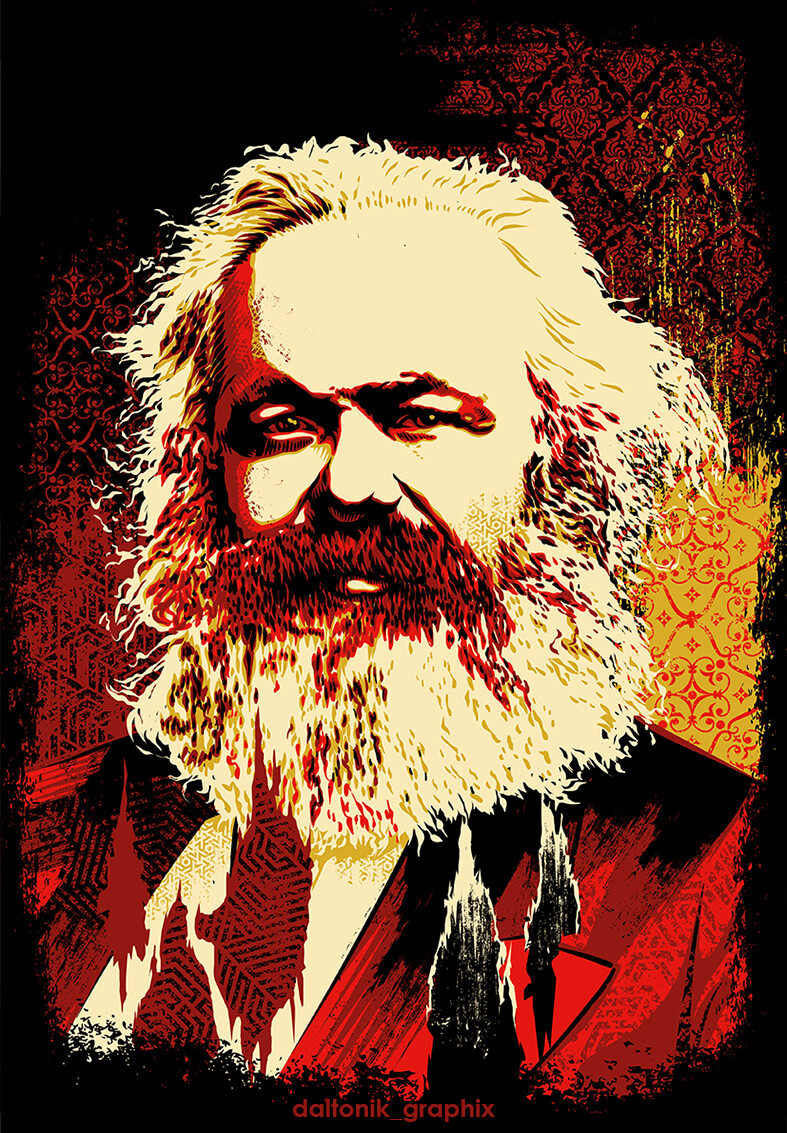https://thenextrecession.wordpress.com/2021/09/30/iippe-2021-imperialism-china-and-finance/
from yesterdays thread, we got this paper floating which argues that there isnt an argument for imperialism. we'll take it from there. also I'd love to see more material supporting this stance!
to me, the author of the linked paper doesnt really answer the question.
the text says middle rank economies arent or cant be subimperialist? unclear how they support this claim.
-
they cite a study showing china as in between imperialist and imperialized
-
their own UE index shows a massive decrease of outflow in china in the last 20 years compared to earlier. this dosnt conflict with the argument that china might be imperialist, because its the recent shift to capital export that we look at here.
author then they later say “imperialist economies and the rest is not narrowing – on the contrary. And that includes China, which will not join the imperialist club.” - how does make sense with the above then?
the linked ppt seems to compute imperialism in total trade. noone is arguing china is imperialist against the west, but this calculation masks the argument of a potential “subimperialism”, in China’s global south trade, because this is a small share of China’s total trade. so we’re not left with any conclusion about “sub-imperialism” or whatever you will call these countries that have net outflows to the old west, but exploit the global south in their own right. this could include overseas China economy, turkey?, the gulf, malaysia. etc.

This was one of Michael's explanations against the term "sub-imperialist" (which may include Brazil, Russia, India, China, South Africa (BRICS), Nigeria, Mexico, Colombia, Philippines, Argentina, Malaysia, Turkey, Vietnam, and Indonesia that Michael Roberts instead refers to as "also rans" and others may refer to as semi-periphery countries):
He also references this book by Marxist economist Sam King.
In an earlier article on imperialism Roberts also referenced work done by Marxist economists David Kotz and Zhongjin Li:
Horn et al (2019) also found that China has always been an active international lender even under Mao Zedong in the 1950s-70s.
good post. the state/private distinction is important. Another source here claimed that chinese profits abroad are only half what abroad profits are in china, which makes this point even more compelling. also thats crazy that they didnt reach the levels of the mao days until the financial crisis.